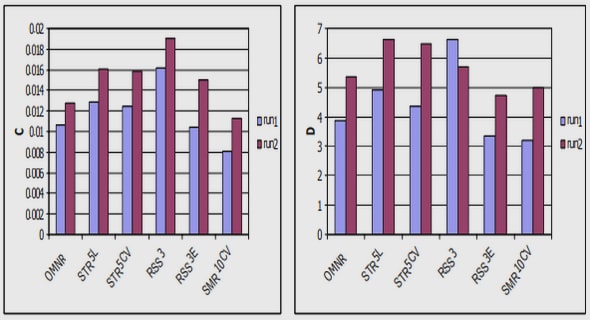(Downloads - 0)
For more info about our services contact : help@bestpfe.com
Table of contents
1 GENERAL INTRODUCTION
1.1 Immune system and recognition of antigens
1.1.1 Recognition receptors of innate immunity
1.1.2 Antigen recognition in adaptive immunity
1.2 Evolutionary processes affecting evolution of immune receptors
1.2.1 Selection imposed by pathogens: adaptive evolution
1.2.2 Stochastic evolutionary processes
1.2.3 Polymorphism and the effect of non-synonymous substitutions on protein functions
1.2.4 Effect of non-synonymous substitutions on the function of pattern recognition receptors
1.3 Toll-like receptors a general overview
1.3.1 A brief historical survey: from Toll to Toll-like receptors
1.3.2 Structure of TLRs
1.3.3 Signalling of TLRs
1.3.4 Origin and function of the TLR family
1.3.5 Variability and polymorphism of TLRs
1.3.6 Evolutionary forces acting on TLRs
1.4 Thesis aims
2 MATERIAL AND METHODS
2.1 Rodents and rodent-born infectious emergent diseases
2.1.1 Origin and radiation of the tribe Rattini in the Southeast Asia
2.1.2 Tribe Murini and evolution of house mice (Mus musculus)
2.1.3 Rodent-borne diseases, emergence risk for humans and rodents as model species
2.2 Analysis of natural selection
2.2.1 Analysis of selection at the intraspecific level
2.2.2 Analysis of selection at the intraspecific or population level
3 RESULTS
3.1 Polymorphism of bacterial-sensing TLRs in wild-derived and classical laboratory strains of Mus musculus
3.1.1 Introduction
3.1.2 Material and Methods
3.1.3 Laboratory techniques
3.1.4 Data analysis
3.1.5 Results
3.1.6 Discussion
3.2 Analysis of variability at intraspecific level in wild populations of Mus musculus
3.2.1 Introduction
3.2.2 Materials and methods
3.2.3 Results
3.2.4 Discussion
3.3 Analysis of variability at interspecific level of wild rodents
3.3.1 Introduction
3.3.2 Materials and methods
3.3.3 Results
3.3.4 Discussion
4 GENERAL DISCUSSION
4.1 Selection forces acting on TLRs in free living populations: intra- vs. inter-specific level
4.2 The role of recombination: instrument of stochastic processes or selection
4.3 Selection forces acting on TLRs: bacterial sensing vs. viral sensing
4.4 Selection forces acting on TLRs: ECD vs. ICD
4.5 TLRS IN SPECIATION RESEARCH – FUTURE PROSPECTS
4.6 CONCLUSION
5 REFFERENCES
6 ANNEX
6.1 PRIMERS
6.2 PCR PROTOCOLS
6.3 CURRICULUM VITAE
6.4 ACCEPTED ARTICLE




